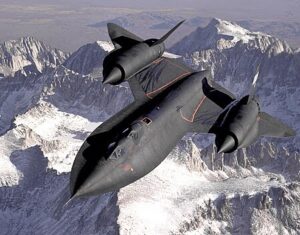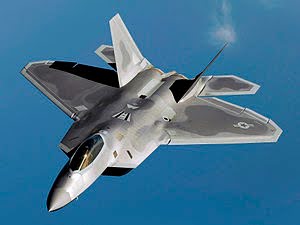Titanium alloys, known for their exceptional performance, have become the star material in aerospace. Since the mid-20th century, they have played a crucial role in manufacturing aircraft and spacecraft.
I. Unique Properties of Titanium Alloys
Since the appearance of titanium alloys, they have been widely recognized for their high strength, low density, excellent heat resistance, and corrosion resistance. Among the usually used metals, the strength-to-density ratio of the material is one of the highest. Titanium maintains very good mechanical properties at high-temperature service due to its melting point of 1668°C. Moreover, it also possesses very good corrosion resistance in marine and chemical media, thus being an advanced space material.
Advantages of Titanium Alloys:
- High strength-to-density ratio, excelling in lightweight structural designs.
- Heat and corrosion resistance, suitable for harsh environments.
- Excellent compatibility with composite materials, ideal for diverse structural designs.
II. Development of Aerospace Applications for Titanium Alloys
1. Early Applications: From Transport Aircraft to Fighter Jets
In 1949, the Douglas Aircraft Company of the United States introduced titanium first in the manufacture of aircraft for the engine compartments and heat shields of the DC-7 transport aircraft. Similarly, North American Aviation applied it in its F-100 fighter aircraft, using alloys to reduce the weight and thereby improve performance.
2. Breakthrough Application: SR-71 “Blackbird”
Fig 1. An SR-71B trainer over the Sierra Nevada Mountains of California in 1994(source: wikipedia.org)
Lockheed Corporation’s development of the SR-71 “Blackbird” high-altitude reconnaissance aircraft marked a significant milestone. The design required a maximum speed of three times the speed of sound, leading to surface temperatures far exceeding the limits of aluminum. Steel’s weight would have compromised speed and flight performance, necessitating extensive use of titanium alloys. In the SR-71, titanium comprised 93% of the structural weight of the aircraft, amounting to about 30 tons, and was thus called the “All-Titanium Aircraft.” No other aircraft has beaten this record for titanium usage yet.
3. Modern Fighter Jet Optimization: F-22 “Raptor”
Fig 2. F-22 Raptor flies (source: wikipedia.org)
The application of titanium alloys reached a new height in the design of the F-22 fighter jet. The prototype, YF-22, had all-composite materials for wing spars, but poor impact resistance during testing called for redesigning them with main spars made of titanium alloys and auxiliary spars made of composites. In the end, 41% of the airframe of the F-22 was made of titanium alloys, far higher than composite materials (24%) and aluminum alloys (15%). Further, the associated F119 engine made wide use of titanium alloys and titanium matrix composites.
III. Titanium Alloy Applications in Civil Aircraft
Compared to military aircraft, civil aircraft have slightly lower performance requirements for titanium alloys, but their usage has grown rapidly. For instance, the early Boeing 707 used titanium for only 0.2% of the aircraft’s total weight, whereas the latest Boeing 787 has increased this proportion to 15%. In addition to high-temperature and corrosion-resistant components, the extensive use of composite materials has driven demand for titanium alloy fasteners and connectors.
IV. The Role of Titanium Alloys in Aero Engines
Titanium alloys are particularly critical in aero engines, especially in the compressor section. Early J79 engines used only 50 kg of titanium, accounting for about 2% of the total weight. In modern engines, titanium alloys typically make up 25% to 30% of the weight. For example, titanium accounts for 25% of the JT9D engine used in the Boeing 747 and 40% in the F119 engine of the F-22 fighter jet. By volume, titanium alloys now exceed the combined usage of nickel-based alloys and steel in engines.

